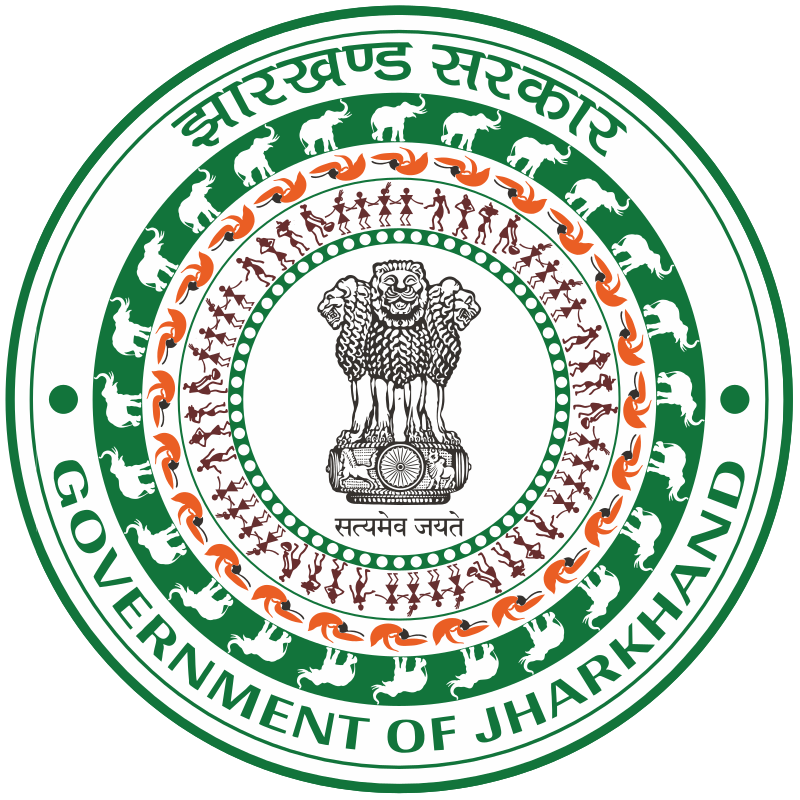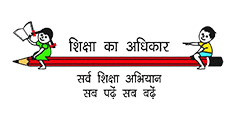The Government of India has implemented several schemes to improve education in the country. The Sarva Shiksha Abhiyan (SSA) was launched in November 2000 in partnership with states to universalise elementary education. SSA was conceived as a centrally sponsored scheme at the end of the Ninth Five Year Plan to improve the educational status in the country through interventions designed to improve accessibility, reduce gender and social gaps, and improve the quality of learning.
The RTE Act, 2009 mandates free and compulsory education for all children between six to 14 years of age until they complete elementary education in a neighbourhood school. The act was implemented in most states and union territories on 1 April 2010.
The major areas for improvement listed in the RTE Act are: availability of teaching–learning materials and aids, availability of required number of trained teachers and their continuous and comprehensive evaluation, formation of school management committee, pupil–teacher ratio (PTR), teacher–classroom ratio (TCR), student–classroom ratio (SCR), library, mid-day meals, and incentives for children. The act provides for special training for children who are above six years of age and have not yet been admitted to any school or those who could not complete elementary education due to any reason. These children are to be admitted in a class appropriate to their age. In addition to this, unaided private schools have to compulsorily enrol 25 per cent students from economically and socially weaker sections of society. Some of the other indicators of RTE are concerned with buildings, playground, boundary wall, safe drinking water, and toilets.



